Besides the not-so-hidden unease between Modi and Adityanath, Modi chose to address the Lok Sabha to ensure that he could personally claim all the kudos, observes Nilanjan Mukhopadhyay.
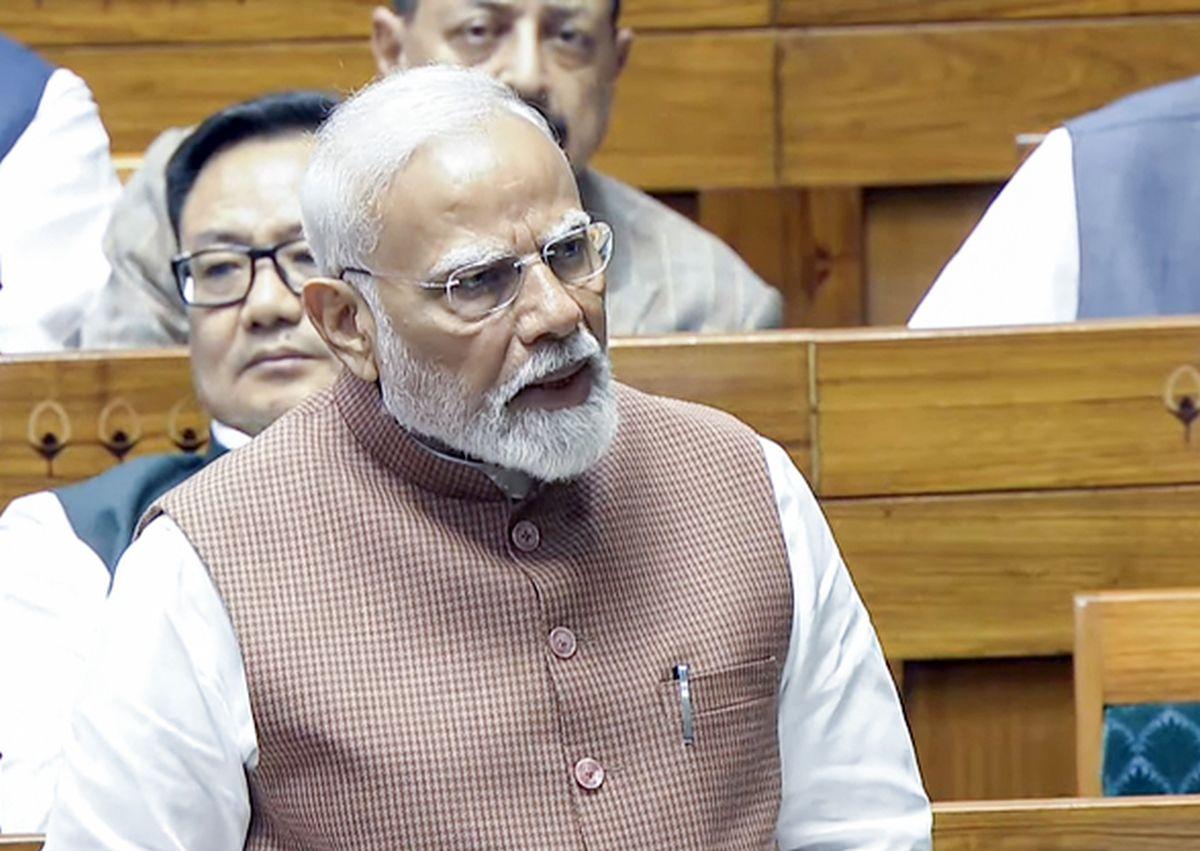
Prime Minister Narendra Modi's unscheduled speech on the Kumbh Mela in Prayagraj in the Lok Sabha on March 18, was at the first level, intended as the last of political spectacles, witnessed recurringly through fifty-odd days of the Sanatani congregation which saw its spiritual character being relegated to the background more than ever before.
The second framework for examination of his suo motu address, delivered under Rule 372 under the Rules of Procedure and Conduct of Business of Lok Sabha -- which disallows any questions or debate -- would be to assess its content and contentions.
The third level in which his speech has to be evaluated is its purpose -- why was it delivered now and what Modi hopes to gain from this.
These questions emerge because the prime minister is not known to do or say anything, without definite purpose or reason.
Rendering the Kumbh Mela into political spectacle or venue began markedly from 1989 when during the festival in Allahabad (as known then), the Vishwa Hindu Parishad convened the Dharam Sansad, a forum established to provide religious veneer to the Ram Janambhoomi agitation.
This movement, it may be recalled was launched by it with the ideological fountainhead of the Sangh Parivar, the Rashtriya Swayamsevak Sangh, providing chartachaya or canopied-patronage.
At this convention, the programme on the Shilanyas -- the foundation-laying ceremony -- was set for November 9 1989.
This event, in the middle of the electoral campaign for the parliamentary polls for the ninth Lok Sabha, played a crucial role in leapfrogging the BJP from its humiliating strength of just two Lok Sabha members in the eighth House, to an astounding tally of 85.
This time, several political spectacles were staged in the city during the Mela. These ranged from the Uttar Pradesh government's cabinet meeting followed by a ceremonious dip by all ministers led by Chief Minister Yogi Adityanath at the 'holy' confluence.
Other visits included those of several Union ministers, ruling party and Opposition leaders, besides, of course, Modi.
Significantly, even the contentious 'Hindu Code of Conduct' was released during the Mela.
This compilation of do's and don'ts for followers of the Sanatan Dharma was prepared by the Varanasi-based Kashi Vidvat Parishad, but the venue was Prayagraj, certainly to secure greater prominence given that the entire national and international media was in attendance at the festival, recording every minor detail with an element of political and societal exotica.
Importantly, 'success' stories of the Kumbh Mela had already been publicised by the UP government and Adityanath while underplaying the stampede(s) on January 29.
Despite awkwardness of ties between the two, palpable from 2017 itself when Yogi became chief minister, he thanked Modi profusely for providing guidance.
He also praised the 'collective effort' indicating that he was not aiming to garner all credit for the successful hosting.
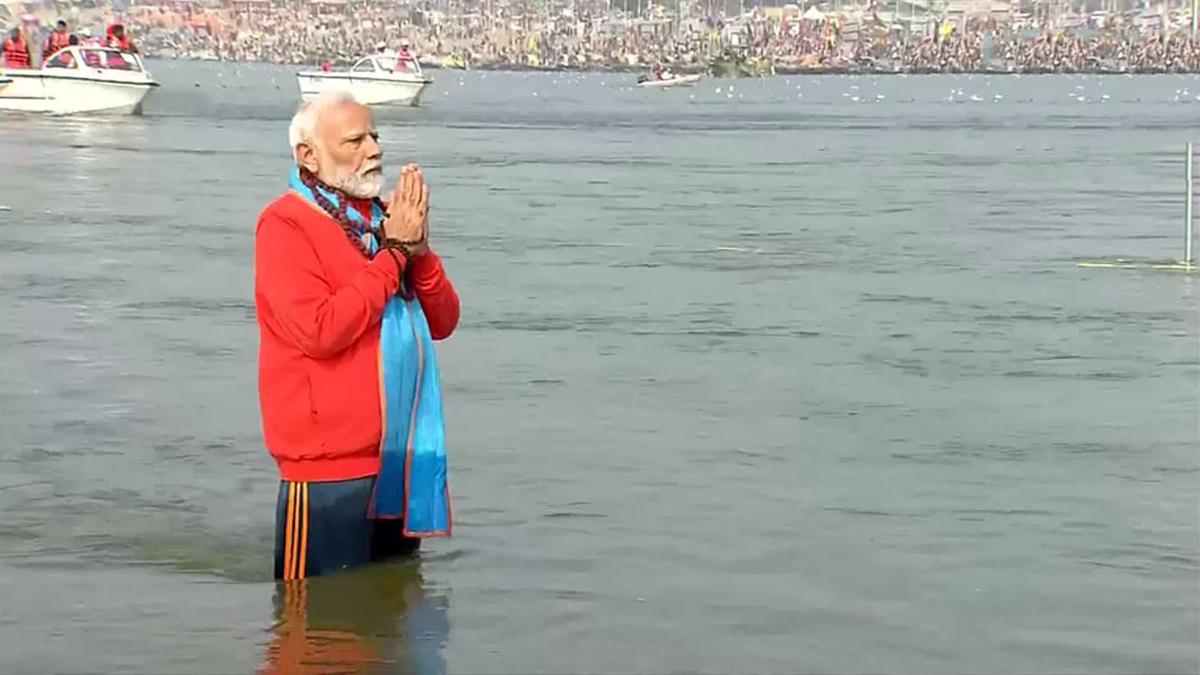
In a post on X, on conclusion of the Mela, Adityanath wrote: 'Respected Prime Minister, it is the result of your successful guidance that the 'Maha Yagya of Unity, Equality, Harmony' Maha Kumbh-2025, Prayagraj has been concluded today by setting new standards of security, cleanliness and good governance along with grandeur and divinity.'
Given his traits, Modi had to have the last word and thus the statement for the sacrosanct political pedestal of the country.
Modi's penchant for being the (chosen) one to pull down the curtains (also unveiling if possible) on every event apart, it is necessary to examine what he stated.
By asserting right in the beginning that everyone knew 'bringing the sacred Ganga to Earth required an extraordinary effort,' he made it amply clear that only Hindu Indians were part of his category of 'we all'.
This raises a logical question -- is its politically acceptable for the premier of a secular nation to present the mythological belief of the majority community as historical reality and worldview of the entire citizenry?
This question is particularly relevant given the Kumbh Mela's evolution over decades into a ritualistic gathering with little or no element of meditation or contemplation.
This time, because of the lavish scale of mounting the Maha Kumbh Mela with the involvement of big players in the hospitality, tourism and aviation sectors, being at the Kumbh became a fashion statement and photo opportunity among the selfie and reel-obsessed lot among the affluent.
Ahead in his speech, the prime minister stated that the Kumbh Mela showcased 'the awakening of our national consciousness on a magnificent scale in the grand Maha Kumbh.'
Although he used the adjective 'national', if the Kumbh Mela stirred any consciousness, then it was nothing but a sense of Hinduness. This is undeniably contentious usage in a multi-faith nation.
Modi also gave a combative character to the Maha Kumbh by asserting that the event had 'provided a fitting response to the doubts and uncertainties that some may have had regarding our strength.'
Few words in this formulation are problematic and it is necessary to flag these.
The following two word combinations particularly need to be highlighted -- 'fitting response' (uchit jawab) and 'that some may have' (kuch logon ke man mein).
The latter word combo singles out 'some' people as the 'other(s)' who are not part of 'us' and always have 'antagonistic thoughts' about 'us', custodians of the nation.
Likewise, uchit jawab is an act of offence targeted at a group (or individual) who are part of (our) society but ranged against 'it' or 'us'.
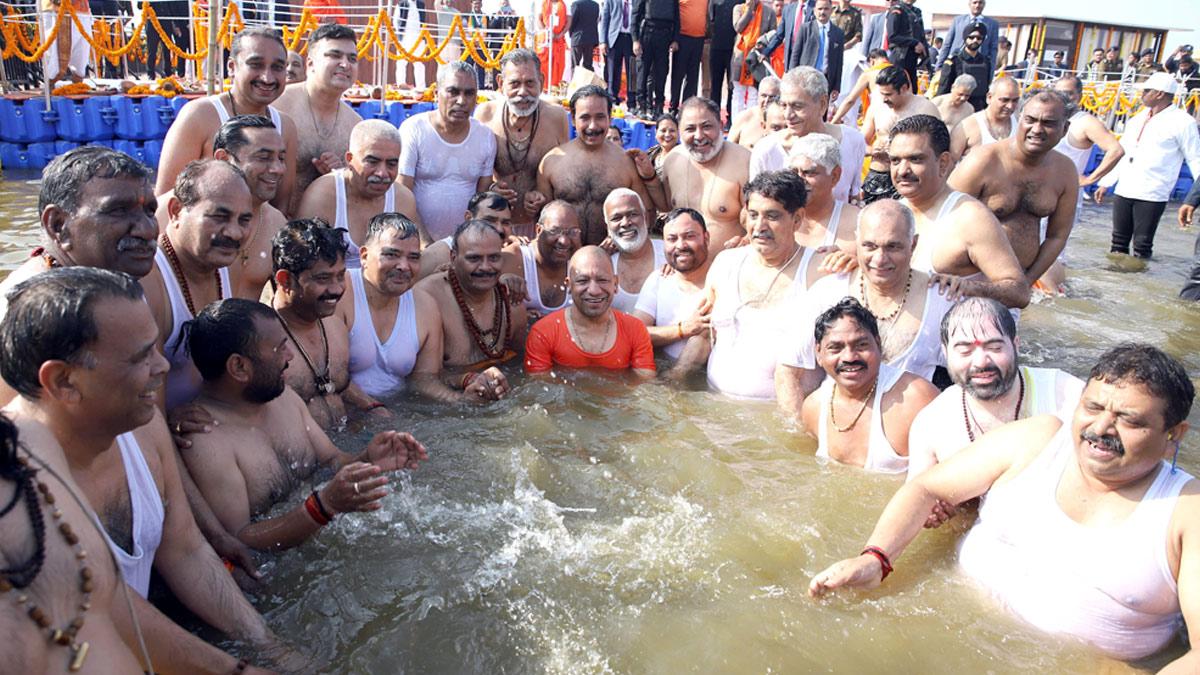
The prime minister also drew parallels with the consecration of the Ram temple in January 2024. Both events, he contended, led to the people 'experiencing how the nation is preparing itself for the next 1,000 years.'
Modi virtually took ownership rights for the successful delivery of the temple and did the same for an event over whose scheduling he had no part.
Here too, he ignored the fact that the consecration of the Ram temple was not an inclusive development because there had been no sense of progress in constructing the mosque which the Supreme Court simultaneously directed in its November 2019 judgment.
The PM asserted that there were occasions similar to the temple consecration and the Maha Kumbh in the past which 'witnessed such moments that have given it a new direction and awakened its people.'
He gave an example -- the Bhakti movement which triggered a 'spiritual awakening spread across the country.'
Importantly, on February 28, Modi inaugurated the two-day Jahan-e-Khusrau in New Delhi, a programme that has underscored India's cultural pluralism since 2001.
Barely mentioning the Bhakti movement, the PM focussed completely dwelled on the Sufi tradition (no mention in his Lok Sabha speech) and emphasised commonality of beliefs within India's diversity (missing again in the Lok Sabha speech).
Clearly, the speech at the function hosted by the Rumi Foundation, anchored by filmmaker and cultural icon, Muzzaffar Ali, was tailor-made for the occasion.
The address in the Lok Sabha undeniably furthered the continuing political view of the Sangh Parivar that everyone in this country is essentially Hindu, although many follow different faiths.
They further contend that believers of other faiths are welcome to continue living in India and practice their religion. However, they must perceive their identity as Hindu, at least culturally, which is synonymous with religion.
The prime minister also likened this Maha Kumbh with a series of historical events -- the Revolt of 1857, the martyrdom of Veer Bhagat Singh, Netaji Subhas Chandra Bose's clarion call of 'Delhi Chalo', and Mahatma Gandhi's Dandi March.

The march was the first act in an even-larger campaign of civil disobedience that Gandhi waged against British rule in India. Photograph: Nationl Archives
Of many other watershed agitations in the course of the national movement, only these were listed because the Sangh Parivar has appropriated Bhagat Singh, Bose and Gandhi among others.
Modi did not refer to the epochal Quit India Movement which neither the RSS nor the Hindu Mahasabha joined and instead sided with the British -- at least the latter.
Syama Prasad Mookerjee, founder president of the Bharatiya Jana Sangh in 1951, was part of the Mahasabha then and minister in the Bengal government, and among the few Indians who did not resign from office immediately after the call for the British to leave India was given in August 1942.
Besides the not-so-hidden unease between Modi and Adityanath, Modi also chose to address the Lok Sabha now to ensure that he could personally claim all the kudos.
It is also essential to provide a sense of accomplishment to the people to ensure that day-to-day issues and livelihood concerns which triggered the BJP's slide visibly below the majority mark in the Lok Sabha do not make a comeback in mass consciousness.
These issues have been relegated to the background once again partly due to strategic errors by the Opposition parties, including the Congress in assembly elections in Haryana, Maharashtra and Delhi.
The BJP has been successful in conveying the perception of being on the comeback trail due to the RSS burying the hatchet with Modi and returning to campaign for BJP candidates after staying away the parliamentary polls.
The factors behind the rapprochement are, however, a different story.
Nilanjan Mukhopadhyay is an author and journalist based in Delhi-NCR.
His latest book is The Demolition, The Verdict and The Temple: The Definitive Book on the Ram Mandir Project.
He is also the author of Narendra Modi: The Man, The Times.

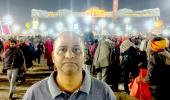
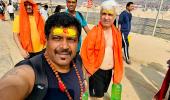

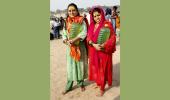




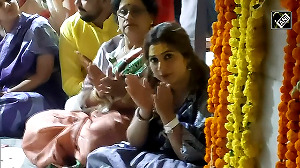
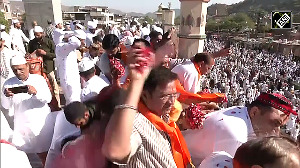
 © 2025
© 2025